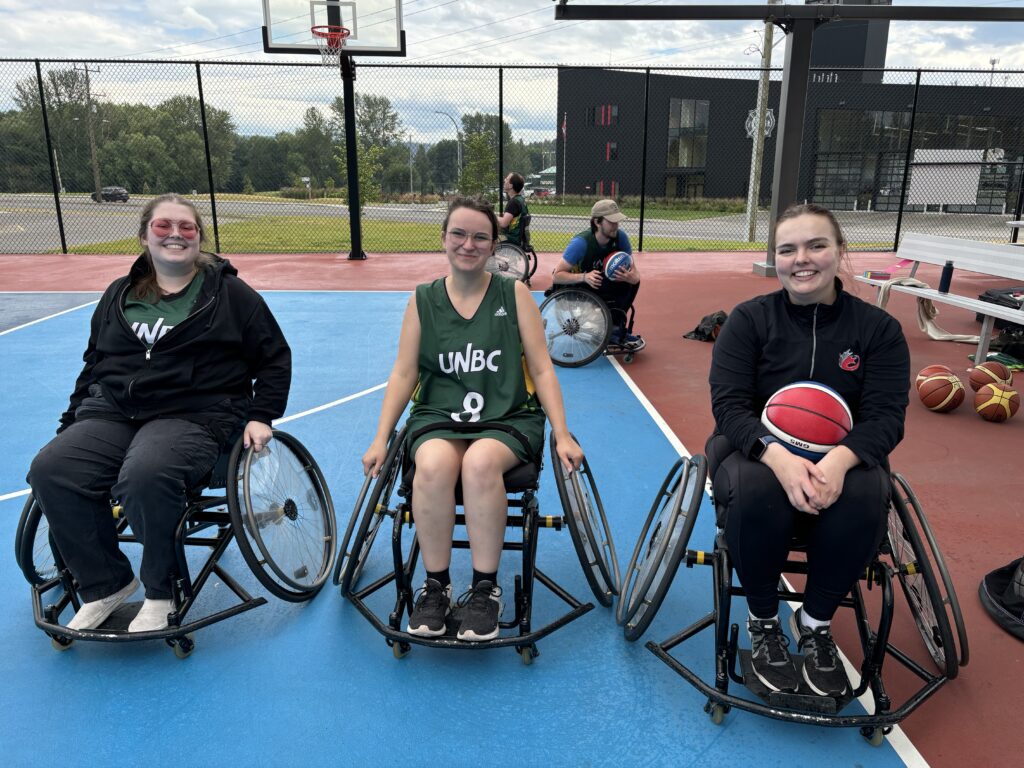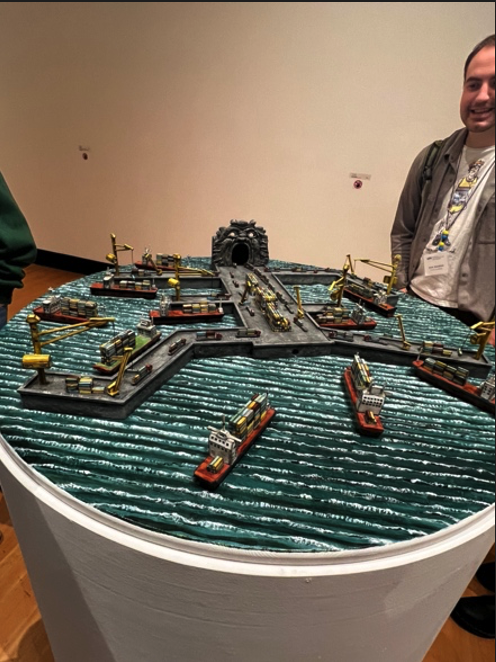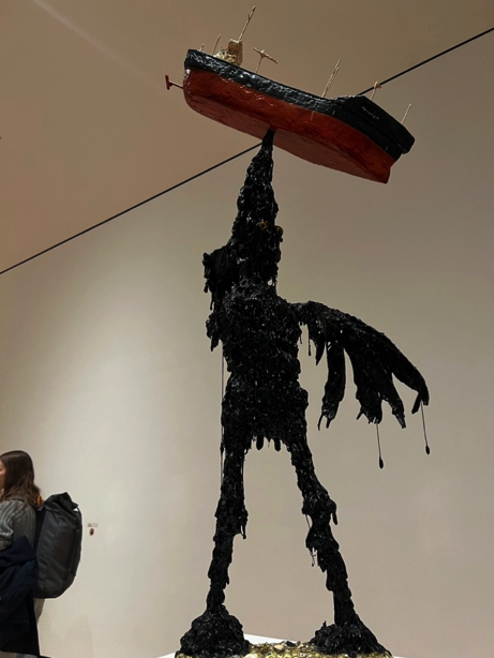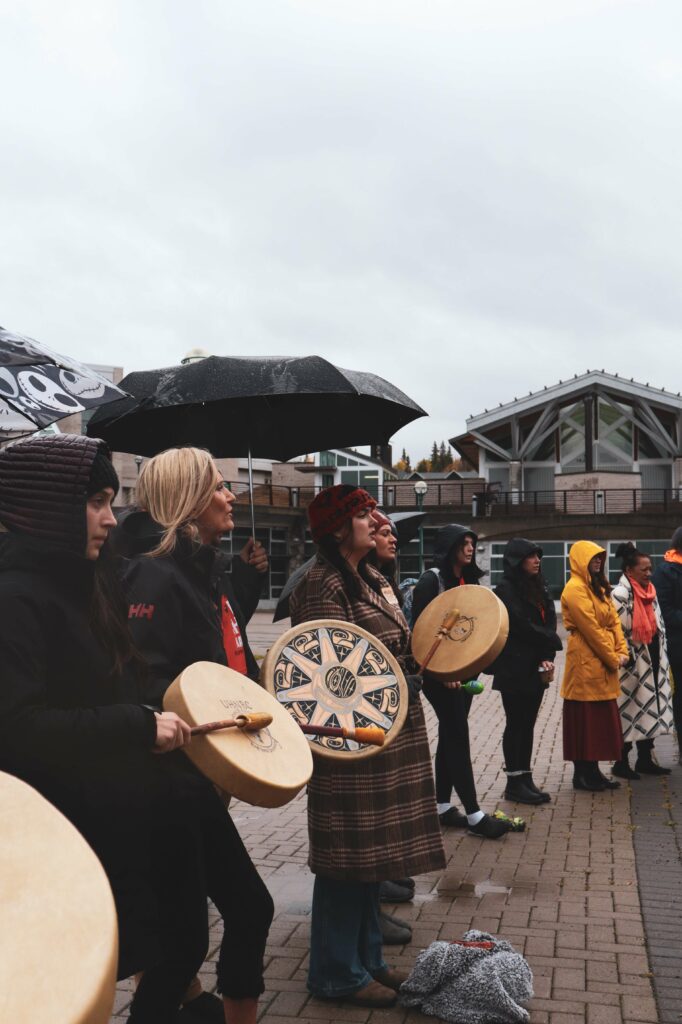As I sit here today, August 28th, in the sunny city of Dublin-Ireland, I am reflecting on the courses we as a cohort took over this past summer period. This was a difficult semester for me both personally and academically, but ultimately I am very grateful for the events and subjects we got to participate in and learn about. Being able to participate more fully in my community is something I hadn’t considered we as Student Teachers would be able to do during this program outside of our practicums, but the many field trips and activities we were able to plan, attend and participate were some of the best memories I have made during this practicum.
One of our courses focused on the teaching of careers and had us figure out ways in which we could get our future students to become active members within their communities, and I found this course just fantastic. The collaboration that occurred between us as a cohort was fantastic and learning skills that we can utilize in the field later when it comes to the planning and execution of field trips and other educational/career or community-based learning activities.
Being taken into the community within one of our classes is something I am most grateful for as an individual who is not local to this area. Discovering a variety of new and exciting places and activities in which I may be able to attend and participate in with my future classes (wheelchair basketball, Bee-keeping, Friendship centre etc).
Having the opportunity to explore Prince George’s through coursework has been wonderful. I have discovered new opportunities and created new connections through the network systems our program has provided us with. Being outside the classroom more than we were inside the classroom is something I was especially excited about as it meant that we would be able to enjoy the good summer weather while expanding our knowledge in a variety of areas (social sciences, environmental science, physical education etc).




What I learned over this term:
- Peer Collaboration is so SO helpful
- Networking as a teacher is a MUST – but having a diverse friend group is very beneficial when developing excursions ( they can help with introductions and develop new relationships and volunteer opportunities)
- You never know if you’re good at a certain skill or activity until you try it
- Wheelchair basketball is for all people of all abilities
- It is okay to ask for help




















